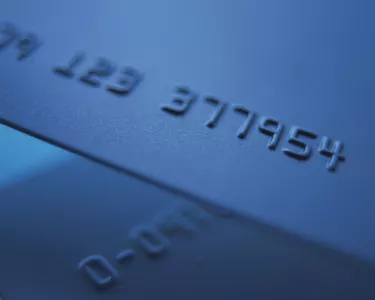
In recent years, credit card fraud and identity theft have been on the rise as criminals learn to overcome banks' security precautions. This has resulted in heightened security on credit and debit cards, including the CVS code. This code, also called the card verification value or CVV, is randomly assigned when the card is created, and helps protect credit card and debit card holders from fraud.
Visa, Discover, Diners Club, and MasterCards
Video of the Day
On Visa, Discover, and Diners Club cards, as well as on MasterCards, the CVS number is on the back of the card in the signature panel. It's the three digit code printed near the right-hand edge of the signature strip. The CVS is not embossed. This is also the case for Visa and MasterCard branded debit cards.
Video of the Day
American Express Cards
On American Express Cards, the CVS number is the four-digit code printed on the front of the card directly above the right-hand portion of the account number.
Use of the CVS Code
Cardholders who make debit or credit card purchases by telephone or online are routinely asked, as part of the transaction, to provide the CVS or the CVV number. Criminals who have acquired card numbers from a variety of sources, such as by stealing cardholder's mail or using "skimmers" to capture an impression of the embossed numbers, haven't got those codes.